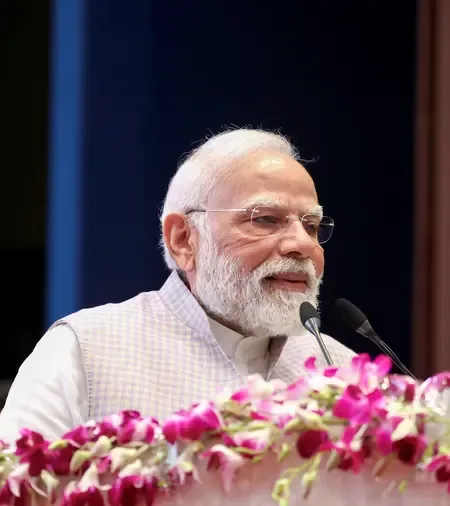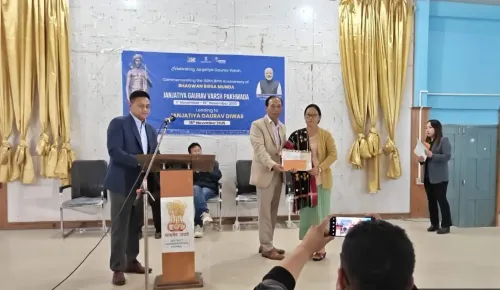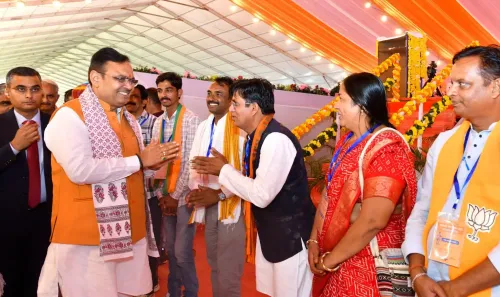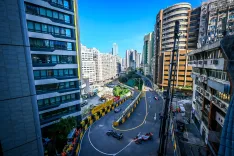What Progress is PM Modi Reviewing for the Bullet Train Project at Surat Station?

Synopsis
Key Takeaways
- Significant progress on the Mumbai-Ahmedabad Bullet Train project.
- Key stations designed to enhance passenger experience.
- Economic boost expected along the corridor.
- Improved connectivity between major cities.
- Modern infrastructure reflecting India’s growth ambitions.
Ahmedabad, Nov 15 (NationPress) Prime Minister Narendra Modi is set to visit Gujarat on Saturday to assess the progress of one of India’s most significant infrastructure projects - the Mumbai–Ahmedabad High-Speed Rail Corridor (MAHSR).
At approximately 10 a.m., the Prime Minister will tour the construction site of the Bullet Train Station in Surat, which is a crucial segment of the 508-km route that aims to propel India into the realm of high-speed rail travel.
This corridor runs through Gujarat, Maharashtra, and Dadra and Nagar Haveli, connecting major urban areas such as Sabarmati, Ahmedabad, Anand, Vadodara, Bharuch, Surat, Bilimora, Vapi, Boisar, Virar, Thane, and Mumbai.
Out of the total length, 352 km is located in Gujarat and the Union Territory, while 156 km is situated in Maharashtra.
Designed to meet international standards, nearly 85 percent of the corridor—approximately 465 km—will be constructed on elevated viaducts to ensure safety, efficiency, and minimal land impact.
According to project officials, significant progress has been made, with 326 km of viaduct already completed and 17 of the 25 river bridges constructed.
Once operational, the Bullet Train will reduce travel time between Mumbai and Ahmedabad to about two hours, significantly transforming the landscape of business, tourism, and regional connectivity.
Authorities believe the project will serve as an economic driver, fostering investment and development along the entire route.
The Surat–Bilimora segment, covering approximately 47 km, is one of the most prepared sections, with civil structures and track-bed installation entirely finished.
The Surat station is designed to reflect the city's renowned diamond industry, blending modern aesthetics with commuter-friendly infrastructure.
It will include spacious lounges, facilities such as restrooms and retail spaces, and seamless connectivity with the Surat Metro, city bus services, and Indian Railways.
Surat's railway infrastructure has rapidly advanced to become one of western India's most modern and strategically vital transit hubs, driven by a combination of expansion, modernization, and multimodal integration.
The city is undergoing significant enhancements through the redevelopment of the Surat Railway Station under the Railway Station Redevelopment Programme, which includes improved passenger amenities, enhanced circulation, and better connectivity.









